
How to help birds with water? The Great Outdoors Stack Exchange
The amount of water needed each day varies from species to species. Larger birds have greater demands, with emus drinking 9 to 18 liters (2.5 to 5 gallons) each day, if they can. At the other end of the scale, smaller birds, such as finches, need far less, requiring as little as 15 ml (0.5 oz) water on a daily basis.

Free Images sea, water, nature, bird, wing, animal, wildlife, wild
The lake contributes nearly $2 billion annually to Utah's economy (adjusted for inflation), as well as jobs, wetlands, and contributions to the state's snowpack. Audubon's Western Water and Saline Lakes teams are working to protect the lake for the benefit of Utah, its people and its birds. How much carbon does it store: Research is still.
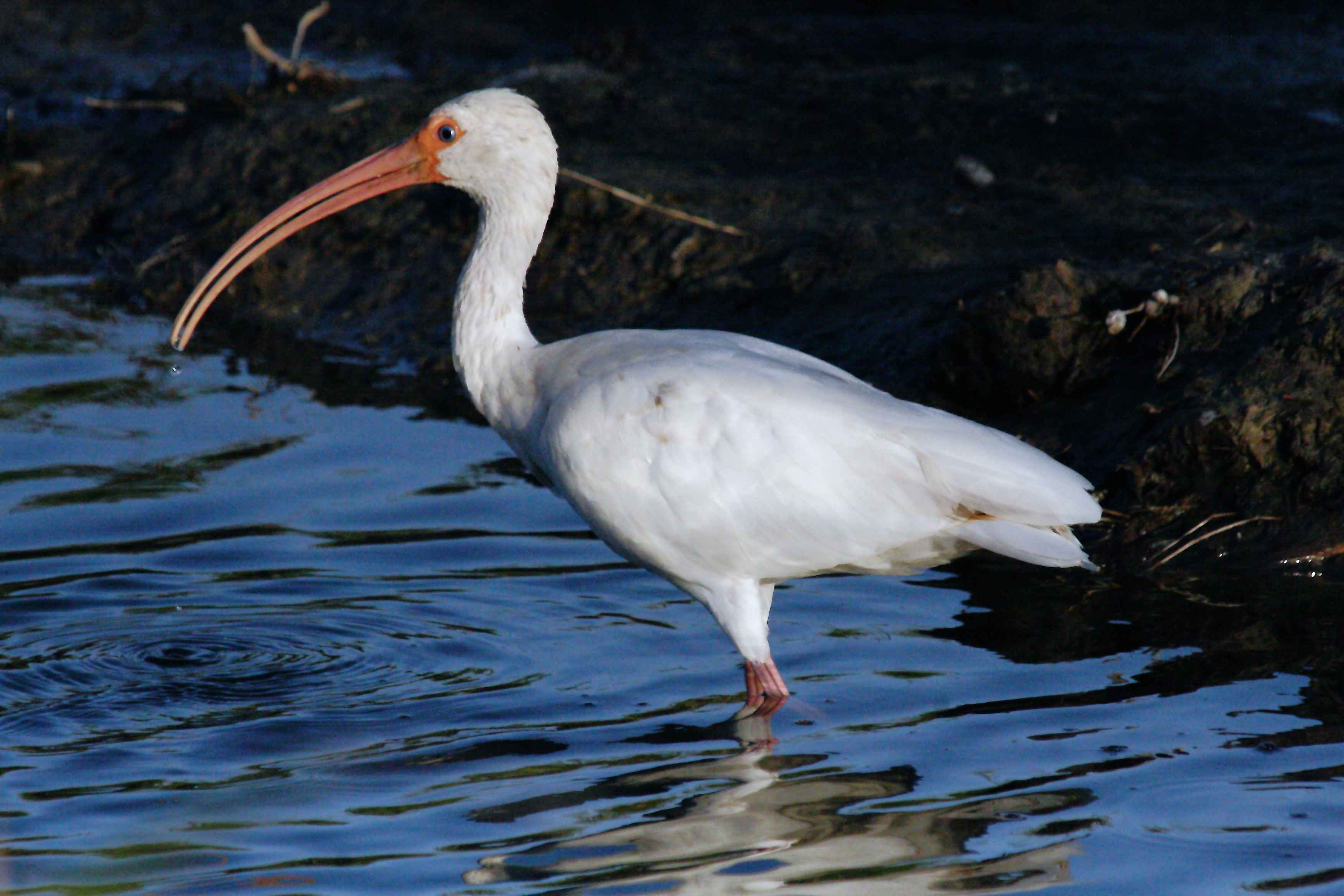
Free photo Birds In Water Birds, Blue, Duck Free Download Jooinn
The gangly Double-crested Cormorant is a prehistoric-looking, matte-black fishing bird with yellow-orange facial skin. Though they look like a combination of a goose and a loon, they are relatives of frigatebirds and boobies and are a common sight around fresh and salt water across North America—perhaps attracting the most attention when they stand on docks, rocky islands, and channel.

Pin on Birds Water birds
Birds in water come in a variety of shapes, sizes, and colors. Some birds, like ducks and swans, are adapted to life in the water, while others, like shorebirds, simply rely on water for feeding and nesting. Watching birds grace the surface of a pond or lake, dive for fish or wade through the water can be a peaceful and relaxing experience.

26 Water Birds That Live in Illinois! (ID Guide) Bird Watching HQ
Classification of Water Birds Order: Anseriformes 1. Swans 2. Mallard 3. Canada Goose Order: Pelecaniformes 1. Pelicans 2. Herons 3. Spoonbills Order: Charadriiformes 1. Gulls 2. Puffins 3. Black-necked Stilts Order: Podicipediformes 1. Black-necked Grebe 2.

Kingfisher Is Catching Fish From Water Flying Up In Green Background HD
What kinds of water birds can you find in the United States? Visit any lake, river, or wetland, and you are almost certain to see some type of bird in the water, whether it's a duck searching for food in the shallows or a heron stalking prey along the shore. 50 water bird species in the United States: Here is how the below list is organized.

Bird drinking water. Animal Photos on Creative Market
Enter Bird's Name in Search Box: www.birds-of-north-america.net. Types of Waterfowl include: swans, geese, ducks, teals and mergansers. All these birds have webbed feet. Also included are the grebes that have lobed feet. There are over sixty species in the waterfowl group. There are three types of swans living in North America.
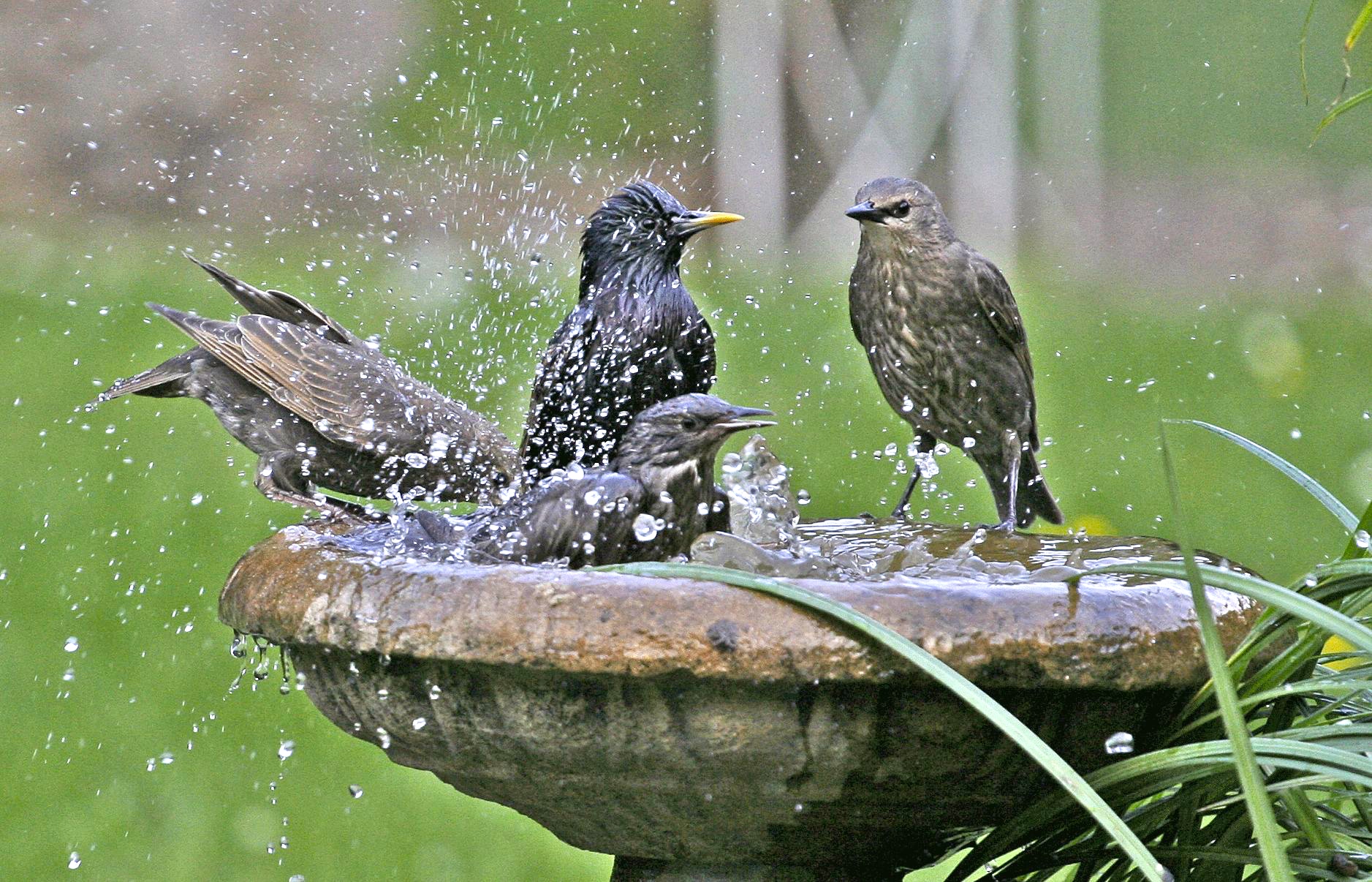
Attract more birds with water that moves Wildlife
Water birds are a group of birds which make up one of the most charismatic fauna which inhabit wetlands. There are many types of birds which live on and around bodies of water. Some water bird species are not fully adapted to the aquatic environment and only use these locations part of the year, depending on their biological cycle.

Providing Water for Birds Celebrate Urban Birds
Watch for black versus orange legs to further separate the banded plovers. Preferred beach spot: Some plovers prefer full-on sand; other reign in mudflats or wet, sandy areas. Look for Killdeer on farms and soppy meadows. Piping and Snowy Plovers are always a good get on the beach (especially when there are chicks).
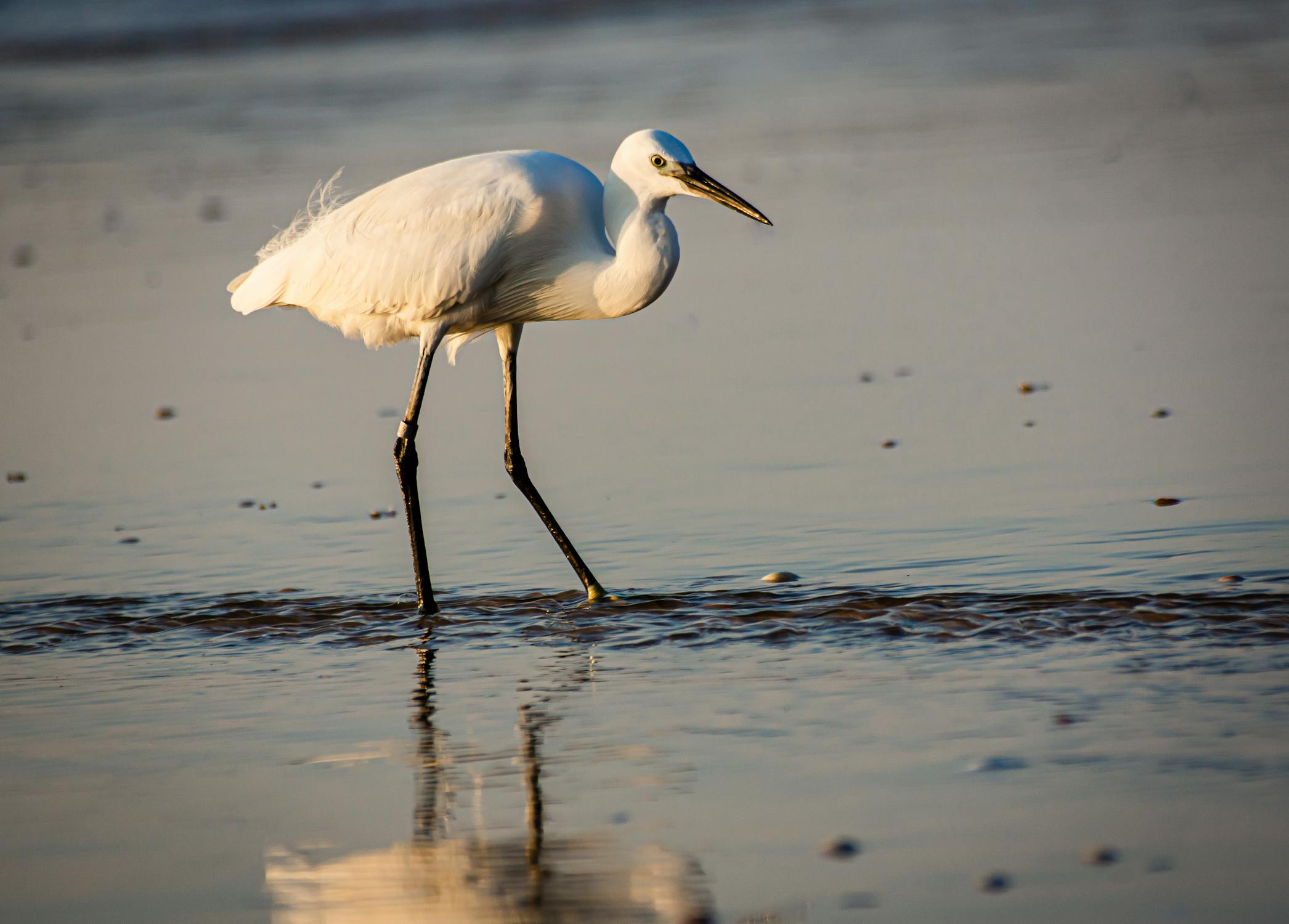
White Bird on Water · Free Stock Photo
Some birds get the fluids they need from their food, but many birds need a drink at least twice a day. Water is essential for birds, and supplying clean water for them to drink and bathe in is a great way to help maintain native bird life. Today's show brought to you by the Bobolink Foundation. Full Transcript. Credits.
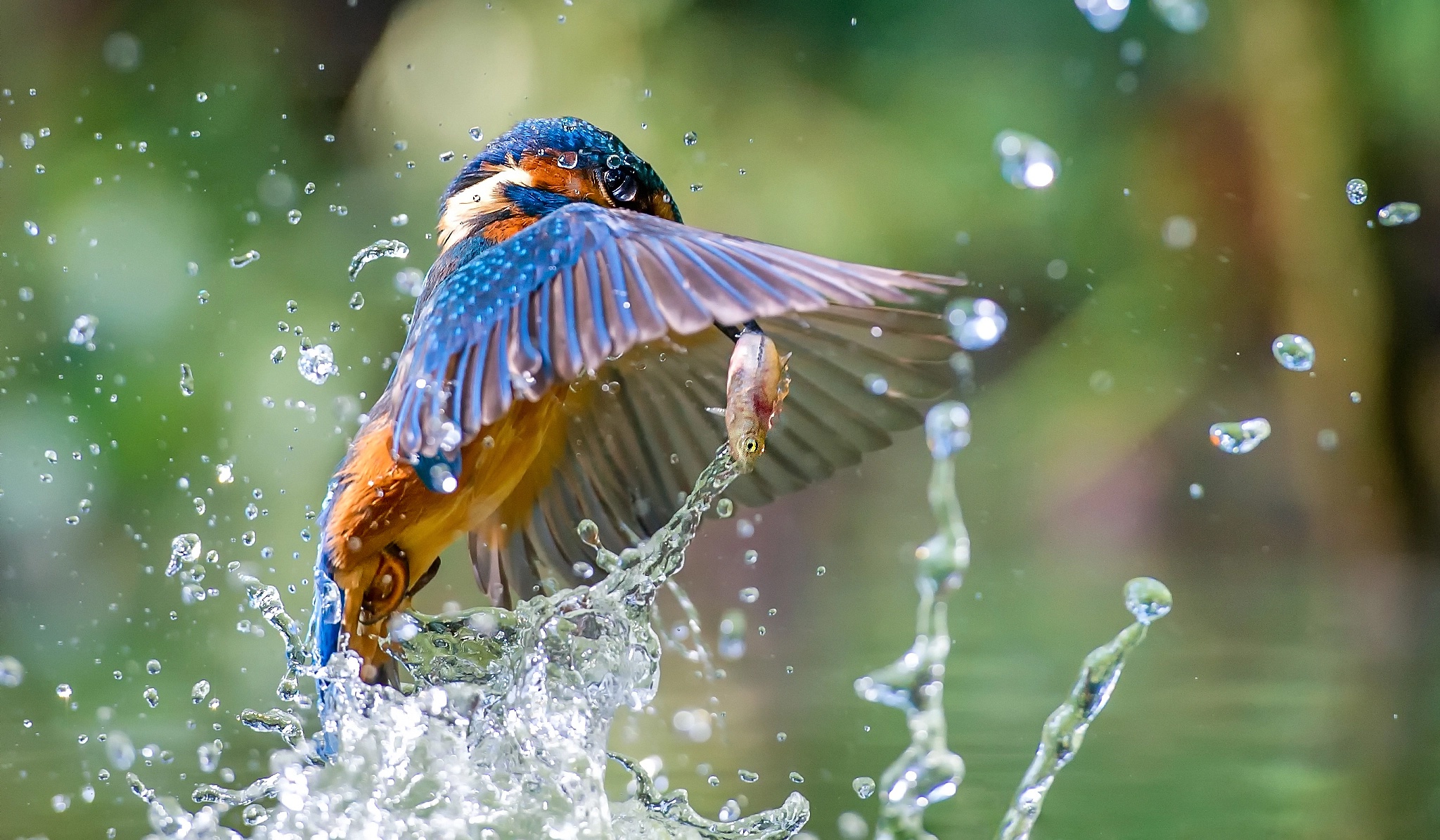
animals, Birds, Water, Fish, Kingfisher Wallpapers HD / Desktop and
A water bird, alternatively waterbird or aquatic bird, is a bird that lives on or around water. In some definitions, the term water bird is especially applied to birds in freshwater ecosystems, although others make no distinction from seabirds that inhabit marine environments.

Free Images water, nature, bird, animal, seabird, wildlife, wild
The Northern Waterthrush is often an unseen singer whose rich, sweet whistles lure listeners into its attractive habitats, the wooded swamps and bogs of northern North America. These streaky brown songbirds lack the bold colors of many other warblers and don't forage in forest canopies. They forage at the water's edge in bogs and still water, where they hunt aquatic insects and small.
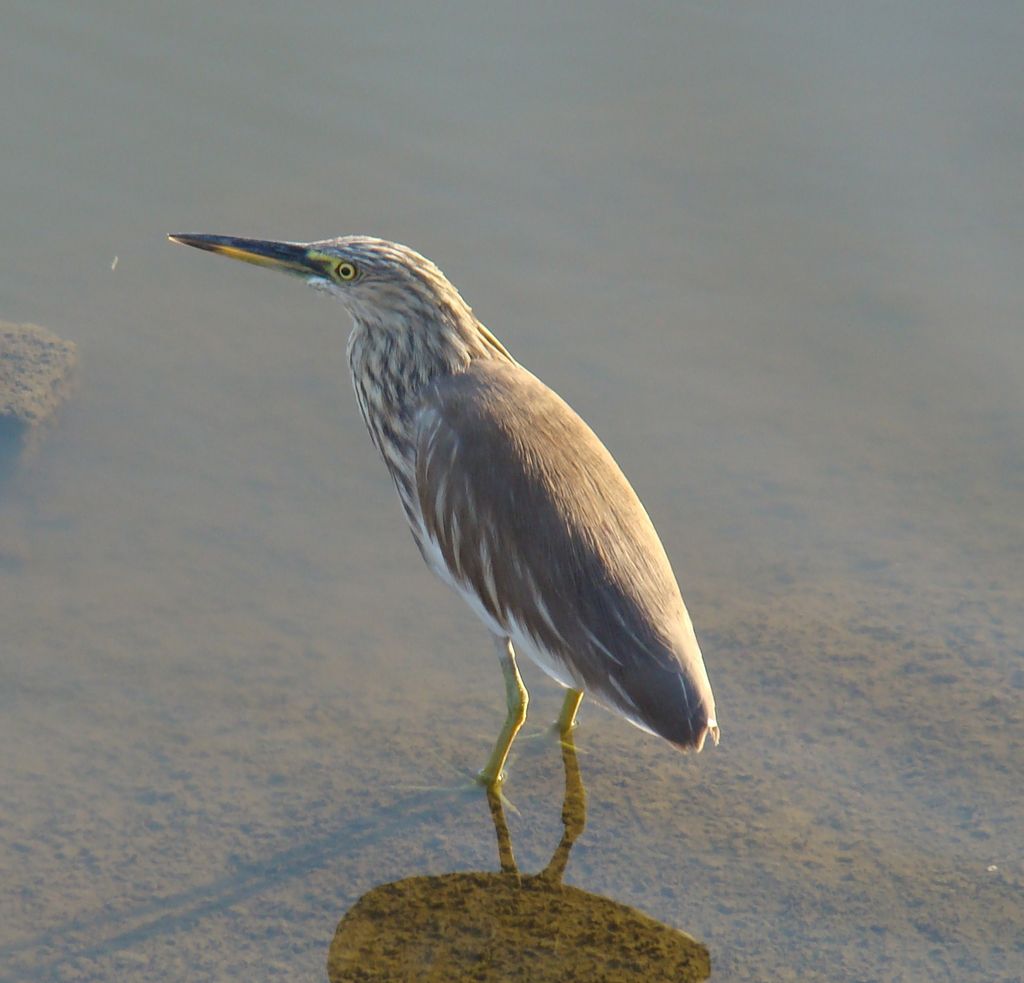
Water bird India Travel Forum
1. Focus on habitat, water, and food. Habitats, water, and food provide the necessary elements for birds to thrive and reproduce in a safe environment. These three components create a balanced ecosystem, attracting a diverse range of bird species, supporting their survival, and contributing to the overall health of the local bird population.

The Greatest of These is LOVE World Bird Wednesday Water Birds at
Water birds are a large and varied group of birds. Most are exclusive to fresh water sources such as rivers, lakes, dams and wetlands, however many sea and shore birds can also be regularly found in fresh water, e.g. cormorants and many migratory waders. Water birds include: ducks, geese and swans (Order Anseriformes); grebes (Order.

How to Provide Water for Birds in Summer Bird Feeder Hub
Water Bird Species Found in North America Mallard The Mallard, one of the most recognizable of all ducks, is distinguished by its classic "quack" and its common presence in city parks and wild wetlands. Appearance: Mallards are large ducks with a hefty body and rounded head.

Free Images sea, wildlife, beak, feather, stork, water bird, florida
Table of Contents Types of Water Birds in North America 1. Great Egret Characteristics to Look For: The bird is a large white having long black legs. With an S-shaped neck and a dagger-like yellow beak. Search for a greenish patch around their eyes as well as the bill's core. They fly with their necks curled in and their long legs trailing behind.